
welcome to Singapore...
though once again it's been a while, and by now the story may be getting just a bit disjointed, the last time we left Southeast Asia we were skipping out on our tour guide Dr Nick's tip at the KL Sentral train station. this time we were going as far as it was possible to go by that method of travel, all the way down to Singapore. this ride was just a few hours but was even more jarring at its conclusion than the trip into Malaysia had been. as the sign above, taken in a subway car, demonstrates, Singapore can be a pretty strict place. don't get me wrong, it's a very nice place, a clean place, an orderly place; but upon stepping into a cool, modern train station to go through customs one is little prepared to be greeted by a phalanx of paramilitary-looking guys holding submachine guns and demanding... that you spit out the gum you're chewing and hand over the rest of the pack, evil foreigner! no fines for possession, just a volley of bullets from a teenage Rambo. a bit scary, but did i mention Singapore is clean?
other than the nagging terror of being an outsider in pretty much a police state, i really liked Singapore right from the get-go, it providing a welcome contrast to the clamor and bustle of all the other places we had been for the previous six months. i liked it for the same reason i liked Japan: that it was organized and quiet and people give you some space. not that there's much space to give, mind you, as Singapore sits on just 271 square miles of land, at least 30 of which are man-made or reclaimed from the ocean (to put that in perspective for the Utahns among us, Salt Lake county is just over 800 square miles). but people there speak English, just like in Malaysia, it being the most official of the four official national languages. the others are Chinese, Malay and Tamil.
but if one can't chew gum in Singapore, and it's small enough that you could spit a piece cross-country, what does one do, i hear you cry? fortunately, we had asked the same question before leaving Taiwan, to a young native of the tiny nation, a missionary of the LDS Church named Elder Merican. though he gave a long list of things to do during my hour-long conversation with him, i quickly got the point that Sentosa Island came at the top, so it was there we went first.

the Sentosa island Merlion, majestic symbol of the city-state of Singapore; and below, Jill beautifies the view from his crown over Keppel harbor. Singapore is said to have the world's busiest port in terms of tonnage shipped (or second busiest, behind Shanghai, depending on whom one listens to).

funnily enough we didn't see much of the island, which we thought small at the time but is actually rather large, with several five star resorts and long beaches made of white sand hauled in from Malaysia. a lot of the attractions there were also placed since our trip in mid 2005, but there was at least one important structure we got a very thorough look at. the Singapore Tourism Board explains what it is and why we went looking for it:
The Merlion has a lion head and a fish body resting on a crest of waves. The lion head symbolises the legend of the discovery of Singapura, as recorded in the "Malay Annals". In ancient times, Singapore was known as Temasek, a Javanese word for sea. In the 11th century A.D, Prince Sang Nila Utama of the Sri Vijaya Empire rediscovered the island. When the Prince first landed on Singapore's shores, he sighted a mystical beast which he later learnt was a lion. The Prince then decided to name the island "Singapura" which in Sanskrit means Lion (Singa) City (Pura). The fish tail of the Merlion symbolises the ancient city of Temasek and represents Singapore's humble beginnings as a fishing village.beginnings indeed; Singapore has grown so fast and been so economically successful that it's considered one of the four "Asian Tigers" and even ranks up with the world's wealthiest countries. nevertheless, it's still a tropic with its fair share of jungle and wildness, which we decided to experience in a couple of very different ways. first, there was the incredible Night Safari at the zoo, which is just what it sounds like but even better. the problem with safaris in general is that most of the animals are nocturnal and so asleep when you're driving around to look at them. not so in Singapore, where they are awake, alert and on the prowl as the open sided bus conveys you around the park, stopping whenever Malayan tapirs cross the roadway or come to sniff the passengers. amazingly, when you're done with the motorized tour, you can wander almost the whole park on a series of paths that in many cases cut right through the animal habitats, all of them totally open and lacking any type of enclosure! and we're not just talking about tapirs and sloths either, there are lions, tigers, hyenas, elephants, giraffes; you name it, it's out there wandering around with you in the dark. awesome! it seems hard to imagine Singapore having lax liability laws, so we couldn't figure out how the safari keeps folks from being attacked. our best guess is that in addition to keeping the animals very well fed, there may be some kind of ultrasonic fence system in place around the areas of the scarier beasts.
well, even after all that we hadn't quite had our fill of dangerous creatures, so the next day we bussed and hiked out to the middle of suburban nowhere to try and find one of the most highly recommended attractions in our guidebook. it was a very odd thing indeed, and made me wonder about the zoning laws in Singapore; we had thought for sure that we were way off track when we finally got to the place as directed. but lo, to our astonishment, set back a little way from the rows of other houses in the neighborhood, was a sign for the grandly named but highly unassuming Singapore Crocodile Farm. they do have a website though, on which we read:
Six decades ago, not long after the end of the Second World War, an enterprising Chinese man, Mr. Tan Gna Chua, decided that he wanted to share his home with these unloved reptiles. With the help of his family, he transformed the one acre of land that surrounded his home at Upper Serangoon Road into a reptile farm, which was the first of its kind in Singapore. They started with only ten crocodiles. With careful breeding, the numbers grew rapidly. Being the entrepreneur he was, Mr Tan opened his farm to the public. Within its premises he set up a factory, where the crocodile skin was processed, made into various products, then sold at the gift shop as well as overseas. Visitors were free to come in to take a look around, without having to pay an entrance fee - and this is still the case today.

the Singapore Crocodile Farm, clockwise from top left: a house that ended up serving as offices and a shop for the farm, complete with all the handbags, watch straps and souvenir crocodile heads you could ever want; and at least there's more out back if you don't see something you like: a not very deep pool full of caymans is one of several that sit where other folks would have their back yard; this may be the industrious Mr Tan himself, who spent a good 15 minutes stringing these chicken heads onto some kind of wire before throwing it to the crocs at precisely 11am, just the time this last fellow likes to be fed, apparently.
despite its distance from everything, making the trek to Mr Tan's place was one of the most singular experiences i have had while traveling. it's totally surreal that in amongst all these very dull houses there are pools and pools of various teeming crocodile species, and that if you show up at just the right time you can see them snapping at each other to get to the food that is so unceremoniously tossed them. the folks there were indeed set up to receive tourists, but it was clear that this had never been the point of the place--we were the only visitors there at the time, and they carried on with their operations as if we hadn't been. truly remarkable.
as long as we're talking about wildlife, we should mention another kind that is prominent in this part of the world, one that despite its total inertness and vegetative state may be as potentially harmful as many of the creatures heretofore mentioned. i'm talking about the humble durian, a fruit that is banned not just from underground trains, as the first picture shows, but from most other public places as well. the lack of a specific posted fine suggests to me, rather sinisterly, that getting caught breaking the durian rules will net you an encounter with another squad of riot police rather than just a ticket for a few hundred bucks (incidentally, each Singapore dollar was worth around 60 US cents while we were there, to give you an idea of the magnitude of those fines). this is a very strange thing, especially considering that the cantaloupe-sized delicacy is extremely popular and can be had quite cheaply on any number of street corners all over the city. and it's really very good. so what gives? that it only seems to be sold in the open air is a clue: durian basically consists of a full-frontal assault on the olfactory system, each one containing the sulfurous pungency of a month-old crate full of rotten eggs. they also look a bit dangerous, as the picture suggests, but they really are very tasty. if you can get past the smell. and you don't get arrested for possession.
so as long as you can stay out of jail, there are a few other things you should see before leaving Singapore, one of which is actually a giant concert hall and performing arts center whose shape and design are said to be inspired the durian, belying a national love for the eggy treat. i'll leave you to check out the Esplanade website for an idea of what the center, which is also reminiscent of a pair of bug-eyes, looks like, and then i'll leave you with this cool picture of the sign in front of the buildings, one of the most entertaining bits of modern art we've come across in all our travels. and it's true:






































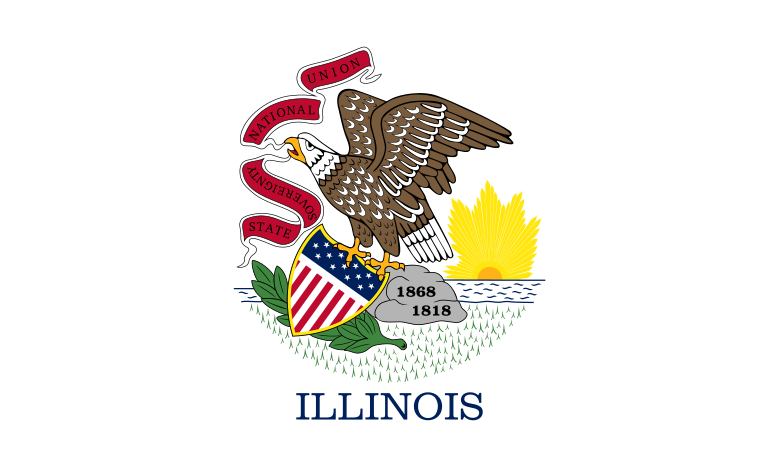




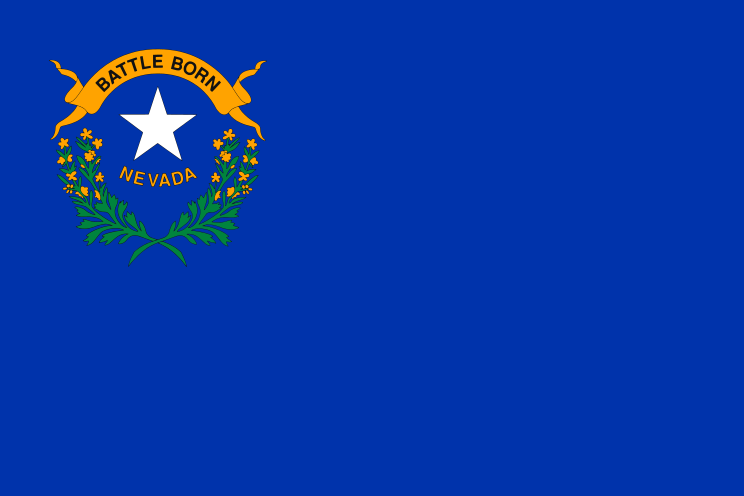




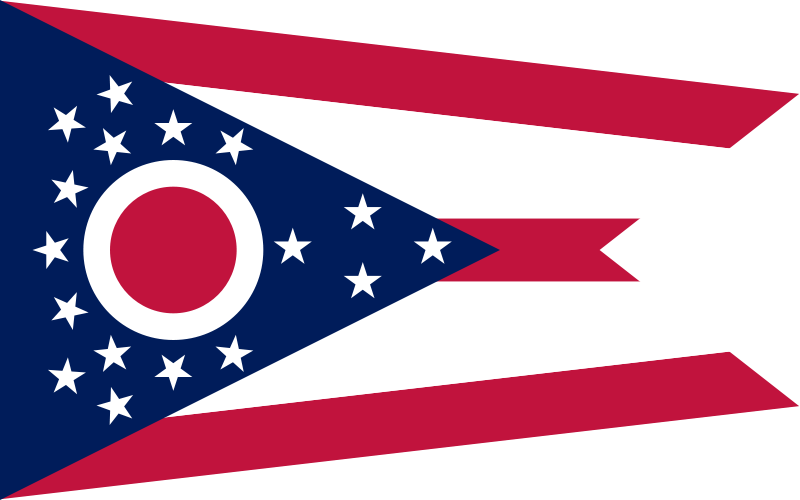

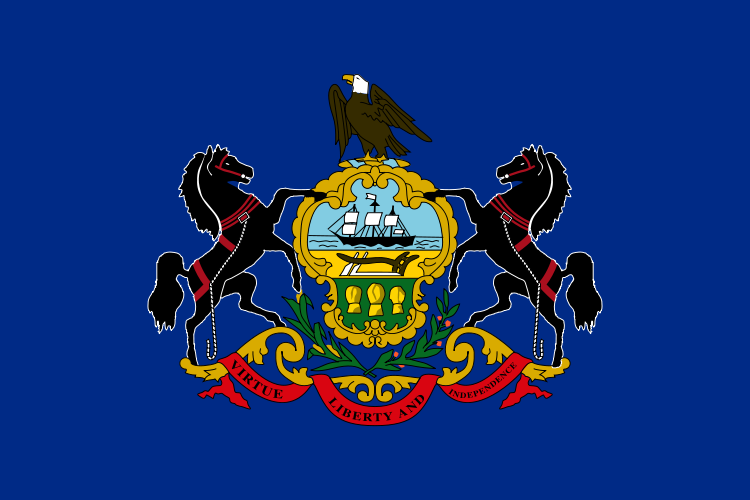





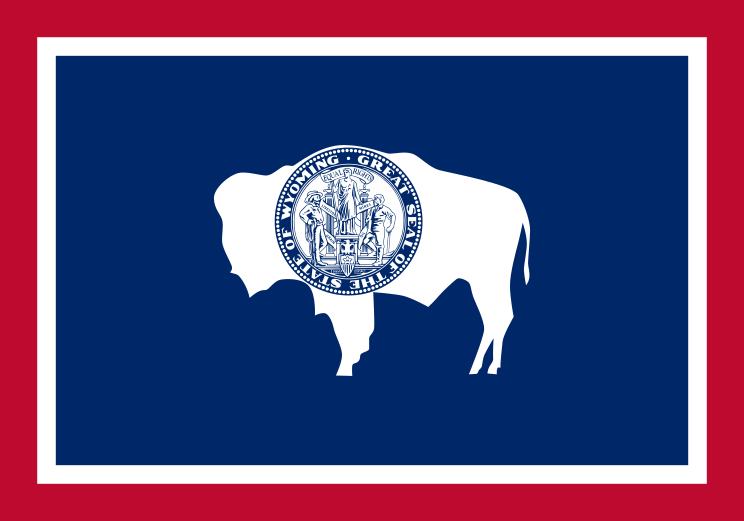
No comments:
Post a Comment